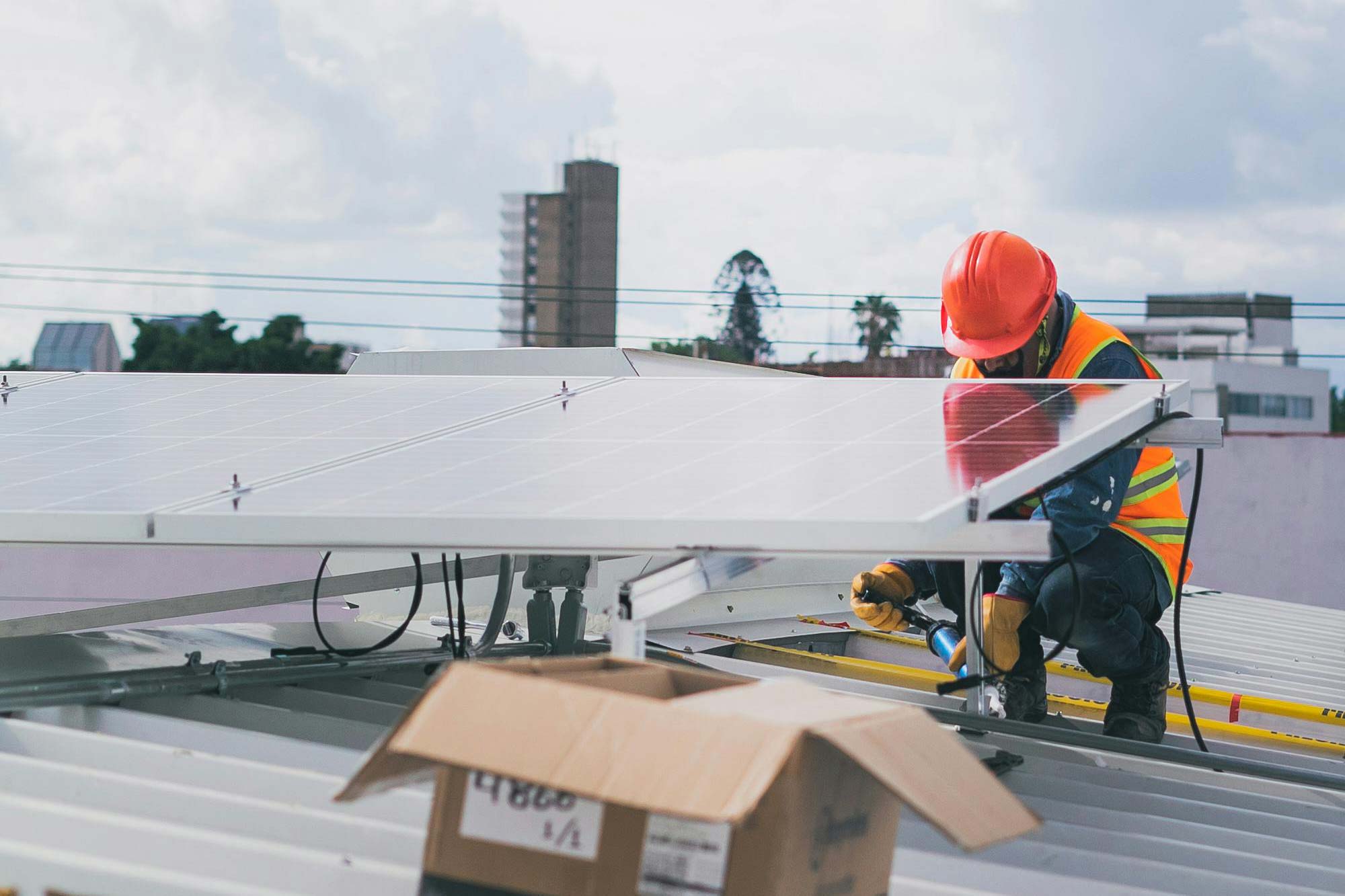Commercial and residential solar panels have many things in common but differ in several ways. For example, there’s a difference in how commercial and residential solar panels are installed. Commercial solar installation may take longer simply because of the difference in size, but it can actually be an easier process than residential solar panel installation. When it comes to using panels for commercial purposes, it’s a better decision to go with commercial panels instead of residential and here’s why.
Commercial Panels Are Larger Than Residential Units
Since commercial buildings are typically larger than residential structures, commercial solar panels are usually bigger and may be more efficient. According to the University of Michigan, commercial panels typically have an efficiency rate of between 15% and 20%. Additionally, according to Roofing Calculator, residential solar panels tend to include 60 cells, compared to the 72 panels that often come with commercial panels. Be sure to talk with your solar panel installer to ensure you are getting the most efficient panels for your commercial property.
Commercial Panels Are a Better Value for Buyers
Surprisingly enough, the expense of commercial panels is actually less than that of residential solar panels. Commercial panels can reach the required system wattage with fewer units. Given the increased energy efficiency and size of the panels, commercial panels offer better value overall. Basically, it’s like getting a discount for buying in bulk. Ask your solar panel provider if there are any other ways you can save during the installation process to ensure you are getting the most bang for your buck.
Commercial Panels Are Comprised Differently
A commercial installation uses solar panels with different components than residential solar panels. Commercial panels use more inverters than residential versions, as well as more cells and a larger mounting system. Simple racks are used for commercial panel mounting on flat roofs. Residential panels require special penetrating racks to hold the panels in place. There are more parts required to install new solar panels on residential properties, which could make it a more complex process.
According to the United States Department of Energy, solar panels have PV cell life-cycle emissions that are equivalent to carbon dioxide weighing .07 to .18 pounds per kWh, which is similar to other eco-friendly renewable energy sources. This positive feature applies to both commercial and residential panels. Other things that both types of solar installation have in common include energy cost savings, reduction in greenhouse gas emissions, and more. If you want to learn more about commercial panels, then contact United Solar Group Corporation today to get all your questions answered.

